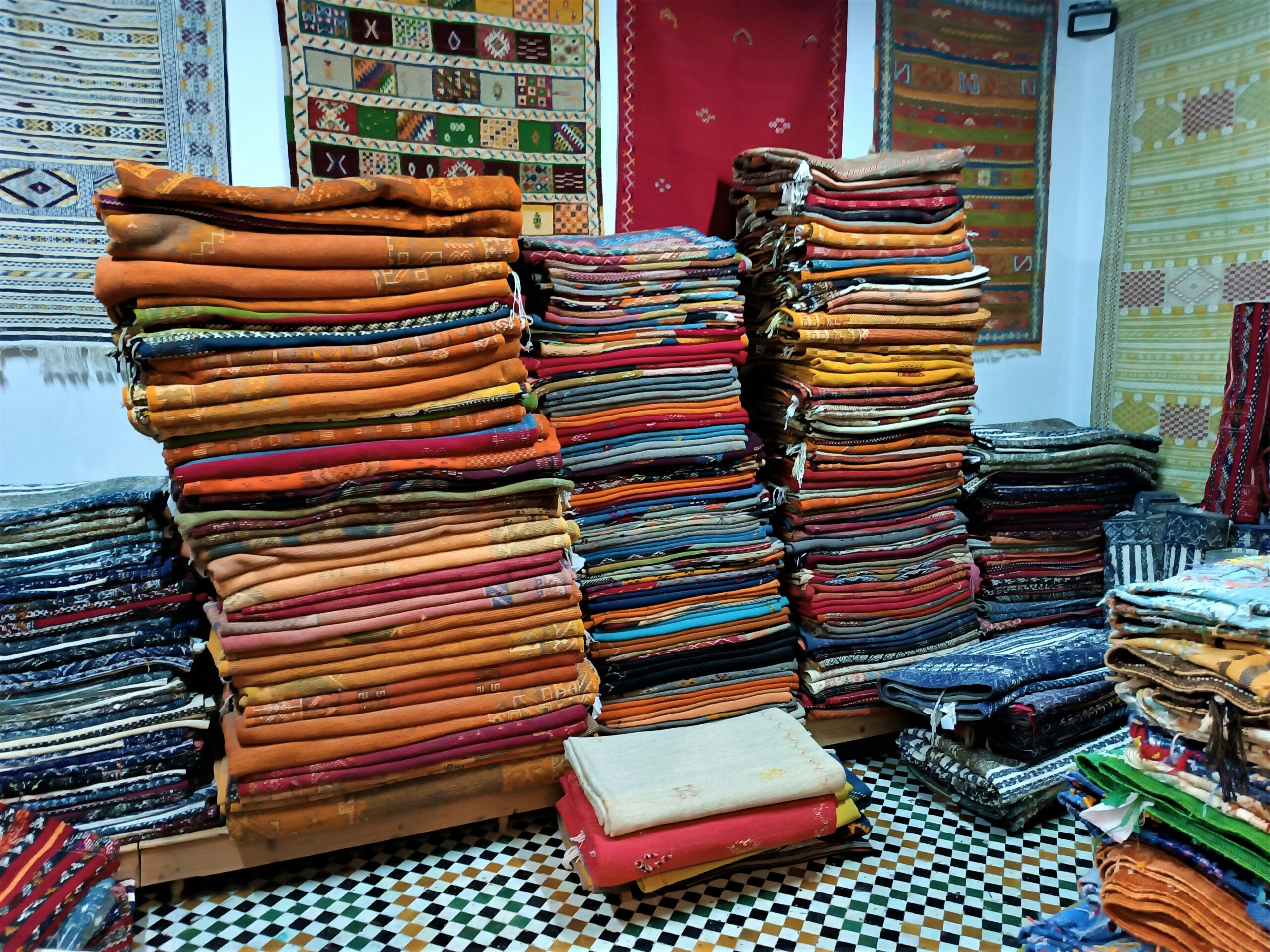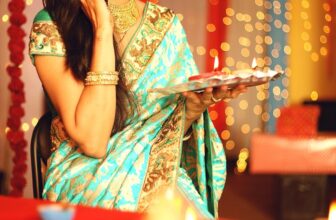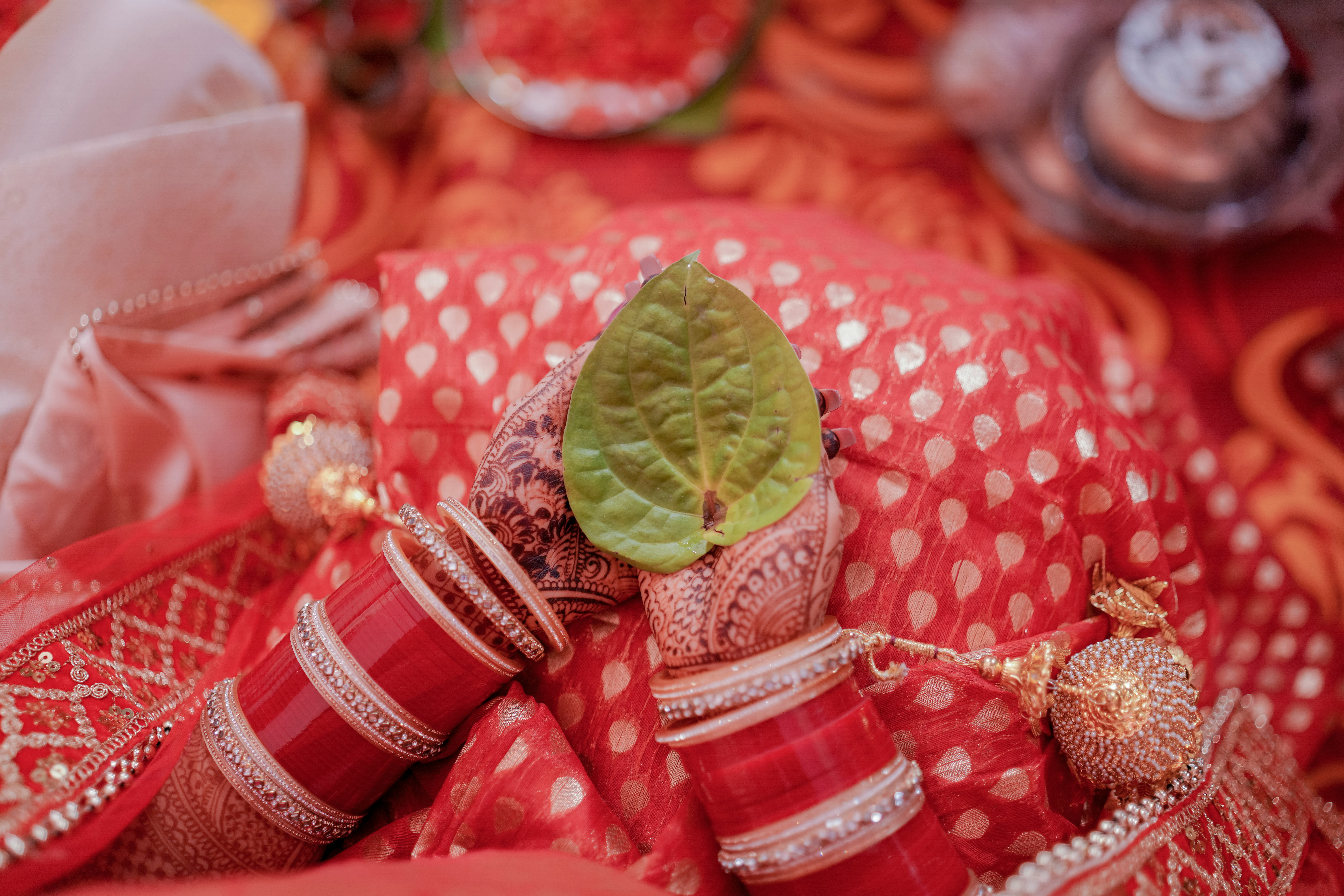
Introduction
Handloom sarees are more than just garments; they are a reflection of India’s rich cultural heritage, artistry, and craftsmanship. Woven with precision, tradition, and love, handloom sarees have stood the test of time, offering elegance, grace, and a sense of pride to the wearer. In an era dominated by fast fashion, rediscovering the timeless charm of handloom sarees is a tribute to sustainable living, skilled artisans, and a tradition that has been passed down through generations.
This blog explores the history, significance, varieties, and reasons why handloom sarees continue to captivate hearts around the world.
The Legacy of Handloom Sarees
Handloom weaving in India dates back thousands of years, with historical references found in the Vedas, epics like the Mahabharata, and accounts of ancient travelers. The tradition of weaving sarees by hand has been a labor of love, requiring immense skill and dedication. Unlike machine-made fabrics, every handloom saree is unique, showcasing the artistry of the weaver.
Over centuries, different regions of India have developed their own distinct styles of weaving, using local materials, motifs, and techniques. These sarees not only represent the heritage of a particular region but also carry the stories and emotions of the artisans behind them.
Types of Handloom Sarees
India boasts an incredible variety of handloom sarees, each distinguished by its weaving techniques, fabric, and patterns. Here are some of the most renowned handloom sarees:
1. Banarasi Saree (Uttar Pradesh)
- Woven with luxurious silk and intricate zari work.
- Known for Mughal-inspired motifs like floral patterns and paisleys.
- A favorite for bridal wear and festive occasions.
2. Kanjeevaram Saree (Tamil Nadu)
- Made from pure mulberry silk with gold and silver threadwork.
- Famous for its bold colors, temple borders, and durability.
- Worn at weddings and religious ceremonies.
3. Chanderi Saree (Madhya Pradesh)
- A blend of silk and cotton with a sheer, lightweight texture.
- Features delicate motifs inspired by nature, coins, and geometric patterns.
- Ideal for summer wear and festive gatherings.
4. Jamdani Saree (West Bengal & Bangladesh)
- Known for its fine muslin fabric and intricate, handwoven motifs.
- Floral and geometric patterns are woven directly onto the fabric.
- Popular for its lightweight and ethereal appearance.
5. Sambalpuri Saree (Odisha)
- Created using the unique Ikat dyeing technique.
- Features bold colors and traditional motifs inspired by nature and mythology.
- Highly durable and a symbol of Odisha’s rich textile heritage.
6. Pochampally Saree (Telangana)
- A type of Ikat saree with intricate geometric patterns.
- Made with precision, where the yarn is dyed before weaving.
- A blend of modernity and tradition, perfect for office wear and casual outings.
7. Muga Silk Saree (Assam)
- Made from the rare Muga silk, known for its golden sheen and durability.
- Traditionally worn by Assamese brides and royalty.
- A symbol of opulence and grandeur.
8. Tant Saree (West Bengal)
- A crisp, lightweight cotton saree ideal for daily wear.
- Features simple, elegant motifs and contrasting borders.
- Perfect for summer due to its breathable texture.
9. Paithani Saree (Maharashtra)
- Made with fine silk and characterized by peacock and floral motifs.
- Woven with real gold and silver threads.
- A staple in Maharashtrian bridal trousseaus.
10. Baluchari Saree (West Bengal)
- Distinguished by its elaborate mythological scenes woven into the pallu.
- Made from silk, featuring intricate thread work.
- Popular among connoisseurs of heritage weaves.
Why Handloom Sarees Are Timeless
Handloom sarees have an enduring appeal that transcends fashion trends. Here’s why they remain a favorite among saree lovers:
1. Symbol of Heritage and Culture
- Handloom sarees carry centuries-old traditions and craftsmanship.
- Each saree represents the unique identity of a region and its artisans.
2. Sustainable and Eco-Friendly
- Unlike mass-produced synthetic fabrics, handloom sarees use natural fibers and dyes.
- The weaving process is energy-efficient, reducing carbon footprints.
- Promotes ethical fashion and supports weaver communities.
3. Unique and Handmade
- No two handloom sarees are exactly the same, making each piece special.
- The artistry and dedication of weavers add a personal touch.
4. Comfortable and Versatile
- Handloom sarees are made with breathable fabrics like cotton and silk, making them ideal for all seasons.
- Can be styled traditionally or with modern elements to suit different occasions.
5. Long-Lasting and Durable
- Handwoven sarees are known for their superior quality and longevity.
- With proper care, they can be passed down as heirlooms for generations.
How to Style a Handloom Saree
Handloom sarees are incredibly versatile and can be styled in multiple ways to suit different occasions:
- Classic Drape: Pair with traditional jewelry and a bindi for a timeless look.
- Fusion Style: Team up with a crop top or jacket for a contemporary touch.
- Belted Saree: Add a statement belt for a chic, modern twist.
- Corporate Look: Pair with a high-neck blouse and minimal accessories for an elegant office ensemble.
- Festive Look: Go for heavy traditional jewelry, embroidered blouses, and a stylish drape for special occasions.
Supporting Handloom Weavers
Despite their immense cultural value, handloom sarees face challenges due to industrialization and changing fashion trends. By choosing handloom sarees, you support weavers and keep traditional craftsmanship alive. Here’s how you can contribute:
- Buy Directly from Weavers: Purchase from government-run handloom stores, exhibitions, and online platforms that promote artisan-made sarees.
- Promote Sustainable Fashion: Encourage friends and family to opt for handwoven sarees.
- Educate and Spread Awareness: Share the significance of handloom textiles through social media and personal conversations.
Conclusion
Handloom sarees are more than just attire—they are a celebration of art, culture, and sustainability. In a fast-paced world where fashion trends change rapidly, embracing handloom sarees is a way to cherish timeless beauty, support skilled artisans, and contribute to a more sustainable future.
By choosing handloom, we honor the labor of love that goes into weaving each thread and ensure that the legacy of India’s traditional textiles continues for generations to come. So, the next time you drape a handloom saree, remember—you are wearing history, artistry, and a piece of India’s soul.






